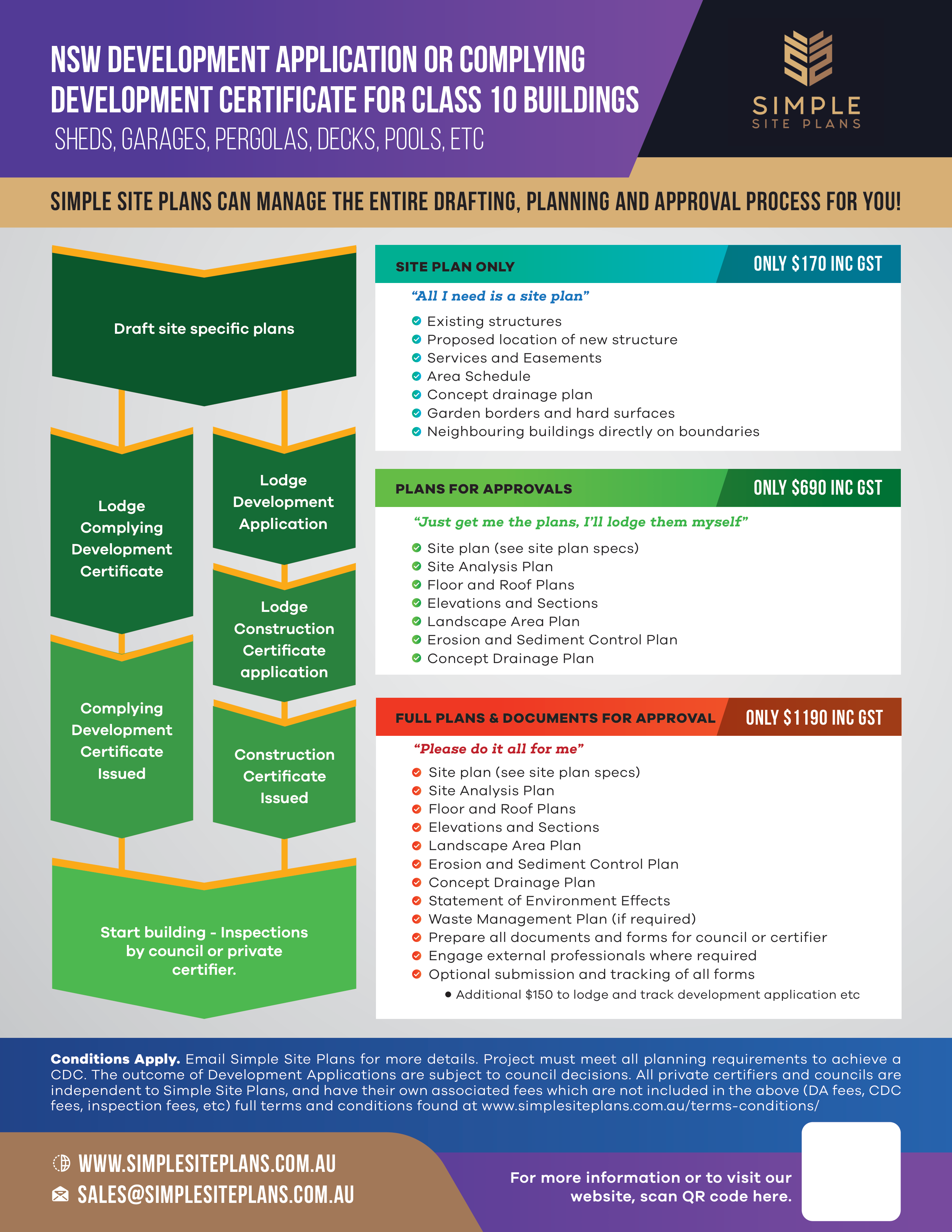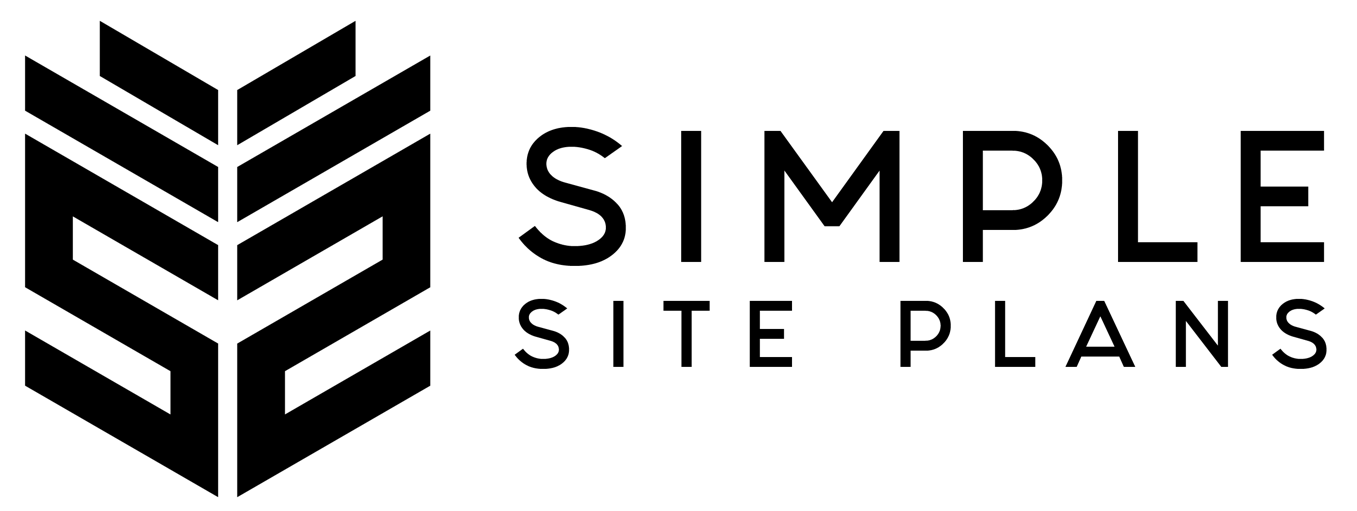Page Under Construction
This page is under construction
Feel free to get in touch with us for further information specific to your block.
Step 1 – Request a Quote
The first step to getting your approval in ACT sorted, is to submit a request to us. Once we have received the request, we will be able to tell you what type of approval is needed to get your building approved. We will get in contact with you very quickly and be able to walk you through the requirements. If you’d like to go ahead, we will send through a deposit invoice, request a few other bits and pieces from you, and start drafting.
Step 2 – Return Required Information:
The next step, will be for you to return the forms and information that we have requested. Some of the information that we will need returned includes surveys of your block, information about proposed structures, specific details you would like in the approval, remittance of payment, etc. For more information about these documents and where to find them, check our FAQ’s.
Step 3 – Lodgement of Approvals
We will return drafted plans for your checking very quickly. You can request any revisions or changes that you want, before we submit for approval. Once you confirm you are happy with the plans, we will begin to draft the required forms based off the drafted plans. We will then lodge all the forms on your behalf, monitor, and track the approvals process (if you would like us to do this part).
Step 4 – Successful Approval
Once the approval is successful, we will send all of the completed documents to you. You will then need a registered builder to build your structure. We can also lodge for Certificate of Occupancy applications after you have finished building.
In Canberra, a Development Approval (DA) refers to the design of the development you wish to undertake, it encompasses everything from colours and size, to energy efficiency ratings. The process of development approval is to ensure that your proposed development is in line with all the requirements that are specific to your block.
Once you have a Development Approval, you then need to apply for a Building Approval. A building approval is completed by a registered certifier (who also completes inspections). A building approval makes sure that the building is being completed by a registered builder, with all the correct licenses, and according to all of the engineered plans, etc. We can work in conjunction with any certifier that you have.
When going for both a DA and a BA, you will also need to get approval from all the required asset owners for easements in the ACT. This could include evo (electrical), ICON (water), Jemena (gas), TCCS (stormwater), and more. Don’t stress – we manage this and get all of these compliances for you.
Here’s where it gets interesting… To save time, ACTpla has created a set of exemption guidelines for class 10 structures (such as sheds, garages, carports, pergolas, pools, studios etc). This means that for a lot of these structures, you do NOT need to complete a full Development Application. Instead, provided you are building within a set of rules, a private certifier can be engaged. From here you can get a “DA exempt Building Approval”. This is often used for sheds and garages, and saves a LOT of time and money. The rules and requirements are black and white, and can not be strayed from. We pride ourselves on knowing what can, and can’t be exempt, and we can help you here.
Lastly, there is another option for getting an approval in the ACT, which is called an “1n Exempt Declaration”. Basically, this is for structures which comply almost fully with the Exempt DA building Approval guidelines, but slightly break 1 or 2 rules. You can submit this to the government and basically ask “I know we’re outside the guidelines, but this won’t affect anyone else – can we pretty please build it anyway”.
Also, if you are building a small shed less than 25m2, you might be completely exempt from development. Get in touch with us to find out more.
A Development Application is the most common way to get a structure built legally in the ACT. Applications are submitted via a portal system (don’t worry – we do this for you) which is tricky to navigate. The major downside to a DA in the ACT, is the cost and timeframe. There are many fees that add up, and DA’s are notoriously slow (they usually take a few months at least). A DA exempt BA however, can be back to you in as quick as a few weeks.
The general process of a DA includes submission of the required documents. ACTpla will then accept the documents, and progress the application to a notification stage (where the whole public can view and comment the application). From here, it will be moved to an assessment stage, and finally, returned to you.
Most DA’s are assessed on the Single Residential Dwelling Code (or for a block with multiple dwellings, the Multi Unit Dwelling Code). If you are completely within these guidelines, you should be relatively confident with your application. For more information on these guidelines, feel free to get in touch with us, or call a local certifier.
If you’re worried about whether your approval will or won’t be accepted, you can arrange a pre-DA meeting with ACTpla. Feel free to get in touch with us for more information.
DA Exempt Building Approvals were created to lessen the load on ACTpla. In order to streamline the approvals process, they have created rulesr that if met, means you are exempt from DA and can go straight to BA.
In the ACT, if you meet all the rules set out in either the Single Residential Dwelling Code, or Schedule 1 of the Planning and Development Code 2008, then you are exempt from DA, and can continue with a BA only. Note – you must comply with ALL the rules. If you break a single rule, you will need to do a 1N or a DA.
This quick approval path is applied for any 10a building (which means it mut be non habitable). This could be things such as sheds, garages, carports, studios, home offices, pools, fences, retaining walls, etc. Non habitable does not mean you can’t have a bathroom or kitchenette though, this is still possible!
All structures that get approval will need compliance from service providers (evo, ICON, Jemena, TCCS, etc) – don’t worry, we manage this for you.
A brief description of the main rules for sheds/garages to be DA exempt BA’s can be found below:
Schedule 1 – a lot easier to get approval. Main caveat, your structure must be less than 50m2 in size.
- – Quickest easiest way to get a structure approved.
- – Shed no larger than 50m2 (on blocks bigger than 600m)
- – Structure set back 15m from any front boundary (note, boundaries are not always what you think! Get in touch with us for more info)
- – Structure no higher than 3m on the boundary, and no higher than 4m overall (above natural ground level)
- – Must not be in an easement and must comply with all service providers.
Single Residential Dwelling Code – more rules to comply with, but you can go bigger than 50m2 in size.
- – Uses the same rules that the DA application process is determined on.
- – Useful for structures that are not 15m from a front boundary, or larger than 50m2.
- – Structure set back from any front boundary by 6m (can be brought down in newer suburbs)
- – Must be setback 3m from any rear boundary
- – Height under 8.5m
- – Confirm with solar and building envelopes
- – No higher than 3.5m above NGL on the boundary
- – Maximum of 8m length if within 900mm of the boundary
- – Comply with DV369 tree planting and open space requirements
- – 1N applications apply to Single Residential Dwelling Code only!
In many instances, you might be very close to achieving compliance through the Single Residential Dwelling Code, but you have a very minor departure from a specific rule. Instead of submitting and going through a full DA, you can apply for a 1N exempt declaration.
The good thing about a 1N, is that it is generally quite quick. From lodgement to the government, they generally have a response to you within 10 working days. From here, you know whether you can continue with a DA exempt BA, or if you need to submit for a full DA.
One bad thing about a 1N, is that the government fee is non-refundable if the application is denied (the application fee is about $630).
It’s important to note, only some rules can be applied for (such as setbacks, solar envelope encorachments, etc). In most cases, a letter of support with accompanying plans from neighbours is very helpful. To achieve a 1N, a specific plan set is required. This must include all rule departures, highlighting of departures, along with all the other required information for site plans.
We can draft, lodge, and track all 1N applications for you.
Further information can be found on the Planning ACT website here. Otherwise, send us an email and we should be able to tell you if you’re eligible for a 1N application, and how to go about it.
https://www.planning.act.gov.au/development-applications-assessments/assessment-of-development/exemption_declarations

Enquire Now
Office Location
15/B Miranda House, New York
What’s Approval Types Do You Manage
- ACT Development Applications
- ACT Building Approvals
- ACT 1N Exempt Declarations
- NSW Development Applications
- NSW Construction Certificates
- NSW Complying Development Certs
- QLD Development Approval
- QLD Building Permit
- TAS Planning and Building Approval
- Other Nationwide Various Approvals

